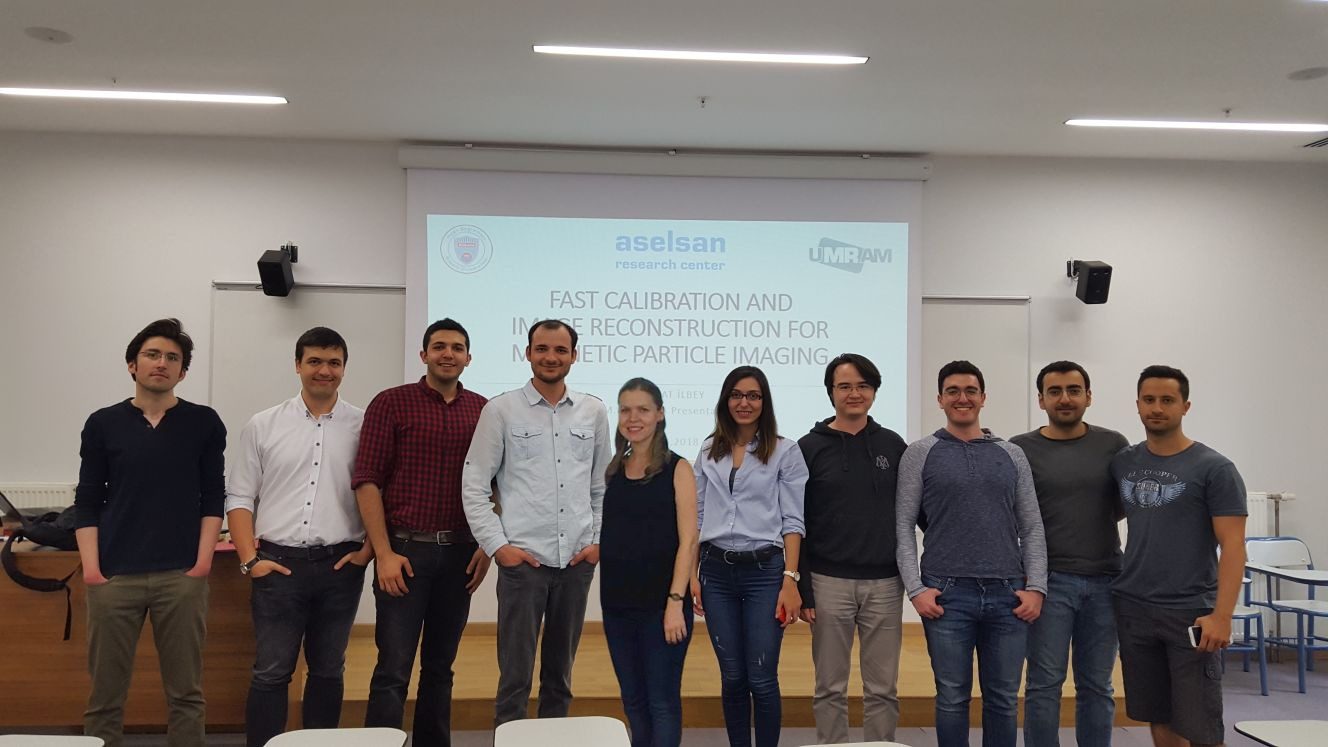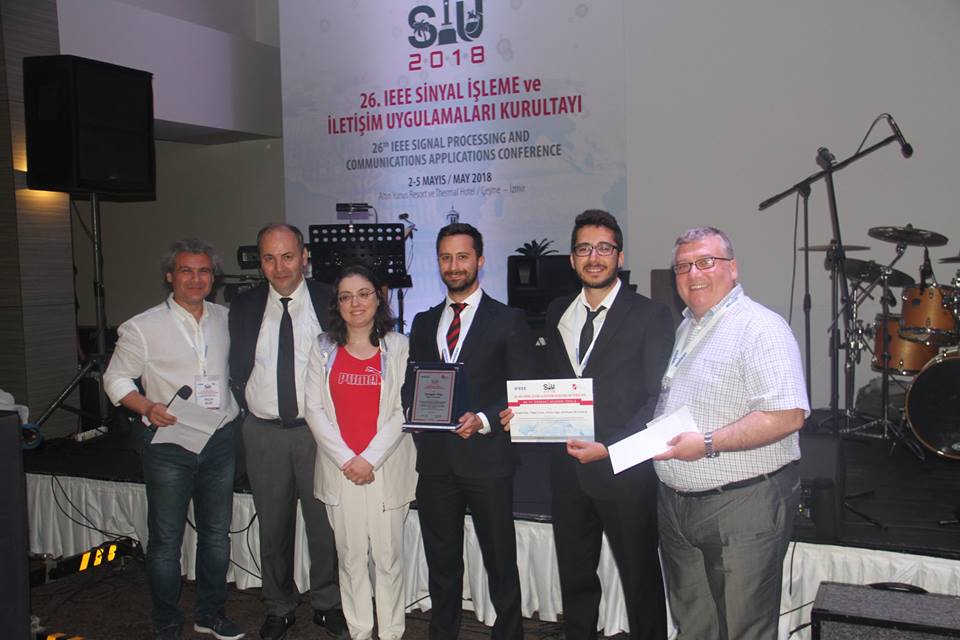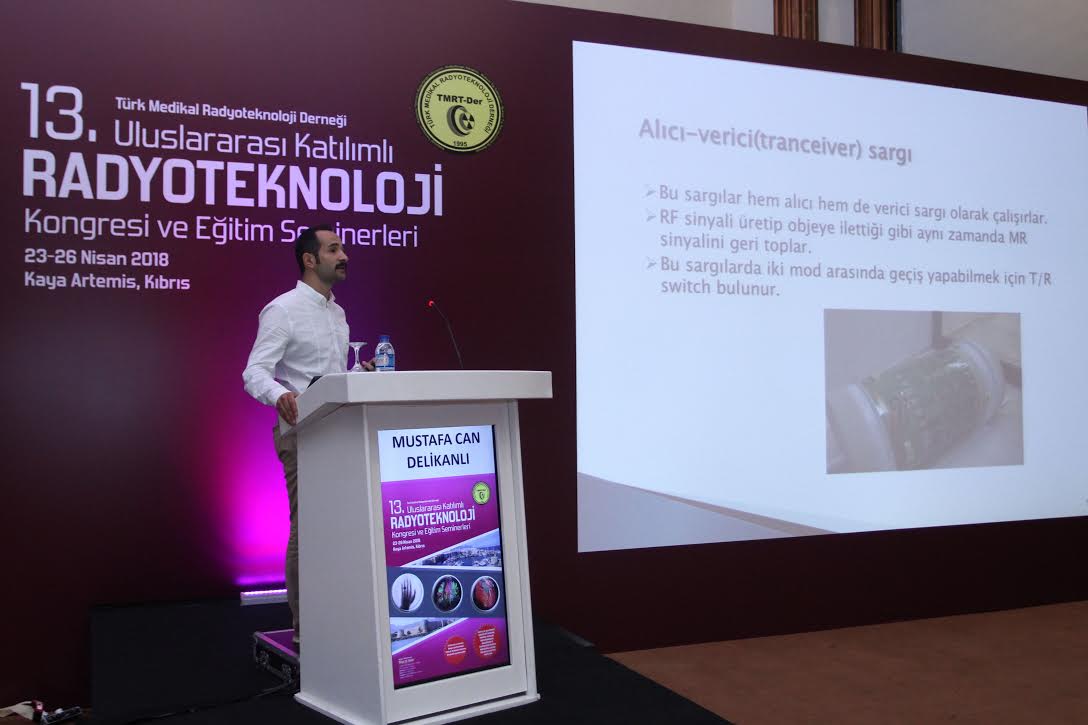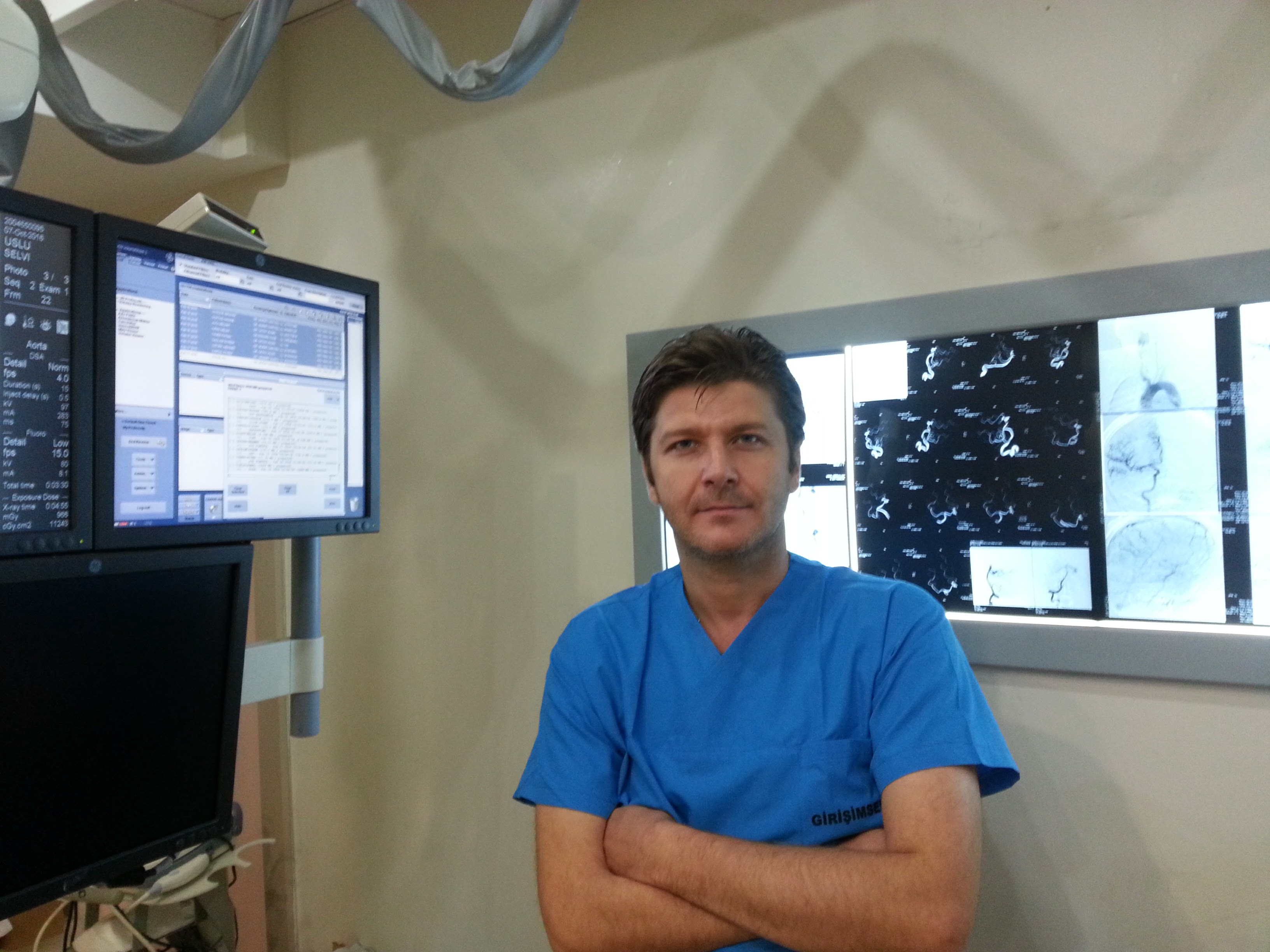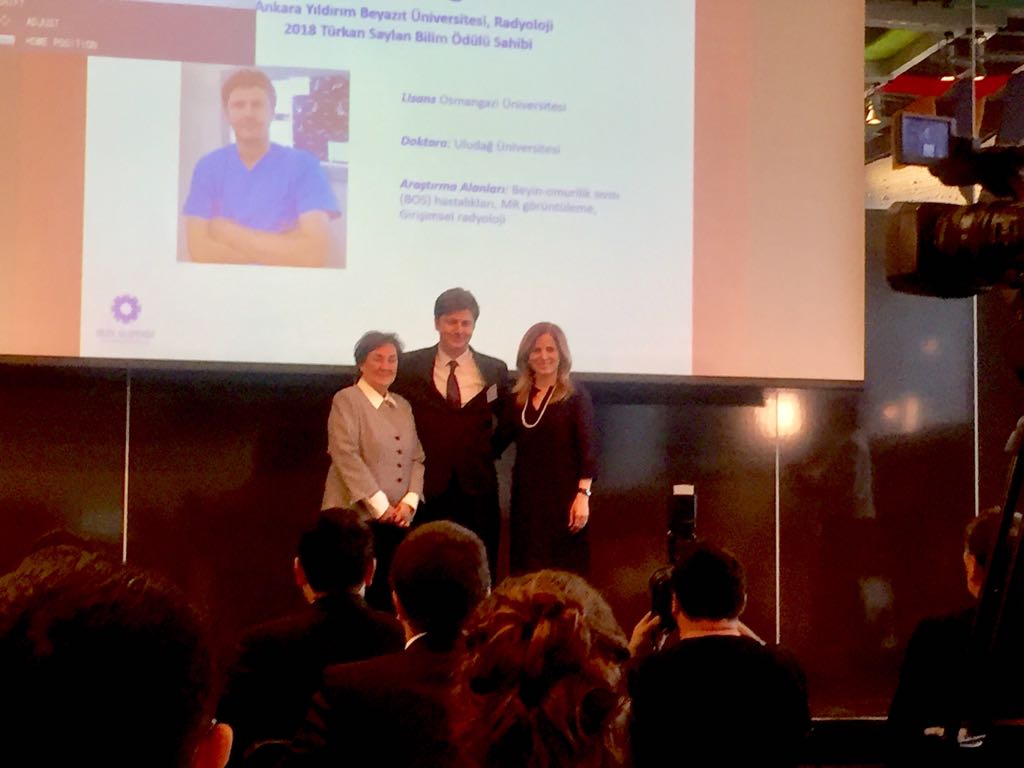Serhat Ilbey has successfully defended his MSc thesis on April 20th, 2018. The title of his thesis is “FAST CALIBRATION AND IMAGE RECONSTRUCTION FOR MAGNETIC PARTICLE IMAGING”. This thesis work is the result of a collaborative project between UMRAM and ASELSAN, co-advised by Asst. Prof. Emine Ulku Saritas and Dr. Can Baris Top. This thesis […]
Read More